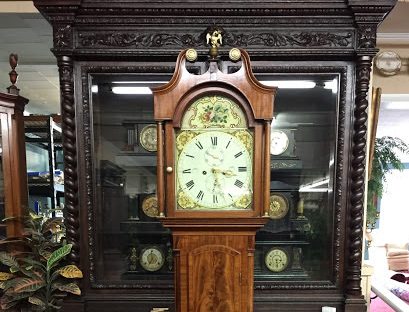
Antique furniture can be a valuable investment, but pricing it can be a challenge. Whether you’re a collector or just curious about the value of a family heirloom, this guide will provide you with the basics of how to price antique furniture. From identifying the style and age of the piece to considering its condition and provenance, we’ll cover all the factors that can affect its value.
Research the Market and Historical Significance.
Before pricing antique furniture, it’s important to research the market and historical significance of the piece. This can help you determine its rarity and demand, which can greatly affect its value. Look for similar pieces that have sold recently and compare their prices. Additionally, consider any historical significance the piece may have, such as being made by a famous craftsman or being part of a significant collection. All of these factors can help you determine a fair and accurate price for your antique furniture.
Assess the Condition of the Piece.
When pricing antique furniture, it’s important to assess the condition of the piece. Any damage or wear and tear can greatly affect its value. Look for any cracks, chips, or missing pieces. Additionally, consider the overall appearance of the piece. Does it have a nice patina or has it been refinished? These factors can also affect the value of the piece. Be honest about the condition when pricing the piece, as buyers will likely notice any flaws and may negotiate the price accordingly.
Determine the Rarity and Age of the Furniture.
Another important factor to consider when pricing antique furniture is its rarity and age. The older and rarer the piece, the more valuable it is likely to be. Research the history of the piece and try to determine its age and origin. Look for any unique features or markings that may indicate its rarity. Keep in mind that just because a piece is old, it doesn’t necessarily mean it’s valuable. The condition and overall appeal of the piece are also important factors to consider.
Consider the Style and Design.
When pricing antique furniture, it’s important to consider the style and design of the piece. Certain styles, such as Art Deco or Mid-Century Modern, are currently in high demand and may fetch a higher price. Additionally, pieces with intricate carvings or unique designs may also be more valuable. Research popular styles and designs in the antique furniture market to get a better idea of what buyers are looking for.
Consult with Experts and Appraisers.
If you’re unsure about how to price antique furniture, it’s always a good idea to consult with experts and appraisers. These professionals have years of experience and can provide valuable insights into the value of your piece. They can also help you identify any unique features or historical significance that may increase its value. Look for reputable appraisers in your area and be prepared to pay a fee for their services. The investment will be worth it in the long run if you’re able to sell your antique furniture for a fair price.
